School lunches are is critical to students health and well-being and ensures that students have nutrition they need throughout the day to learn.
If parents decide to pack a child’s lunch. they need to also be aware of food safety and to keep in mind that bacteria grow rapidly in the temperature danger zone of 40°F – 140°F.
If perishable foods are not prepared, packed, and stored properly – bacteria growth can occur and cause food illness. And during warmer months, bacteria multiply faster – so preparing food for outdoor travel is more challenging.
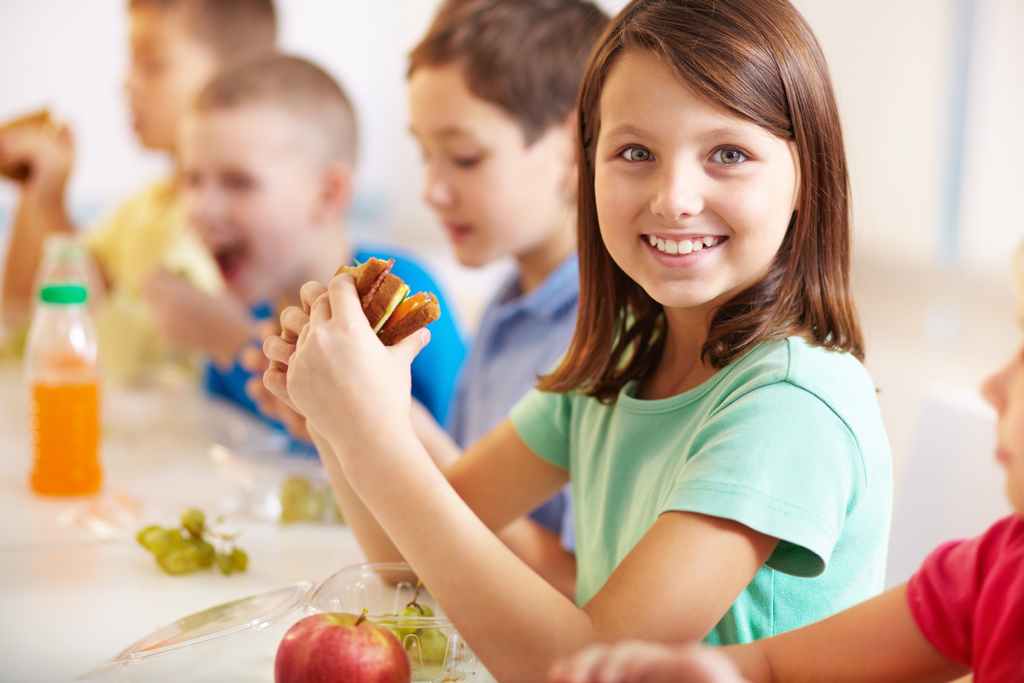


National School Lunch Week (NSLW)
In 1962, President John F. Kennedy signed a joint proclamation by Congress designating the second full week of October to be National School Lunch Week.
National School Lunch Week (NSLW) promotes the importance of a healthy school lunch in a child’s life and the impact it has inside and outside of the classroom.
For children who eat their lunch through the National School Lunch Program (NSLP), it’s important to teach them ways they can help prevent foodborne illness at lunchtime too.
Are you packing your child’s lunches? This week is the perfect week to brush up on your packing skills. Send your kids to school with healthy and safe lunches.
Learn more about National School Lunch Week (#NSLW) from the School Nutrition Association.
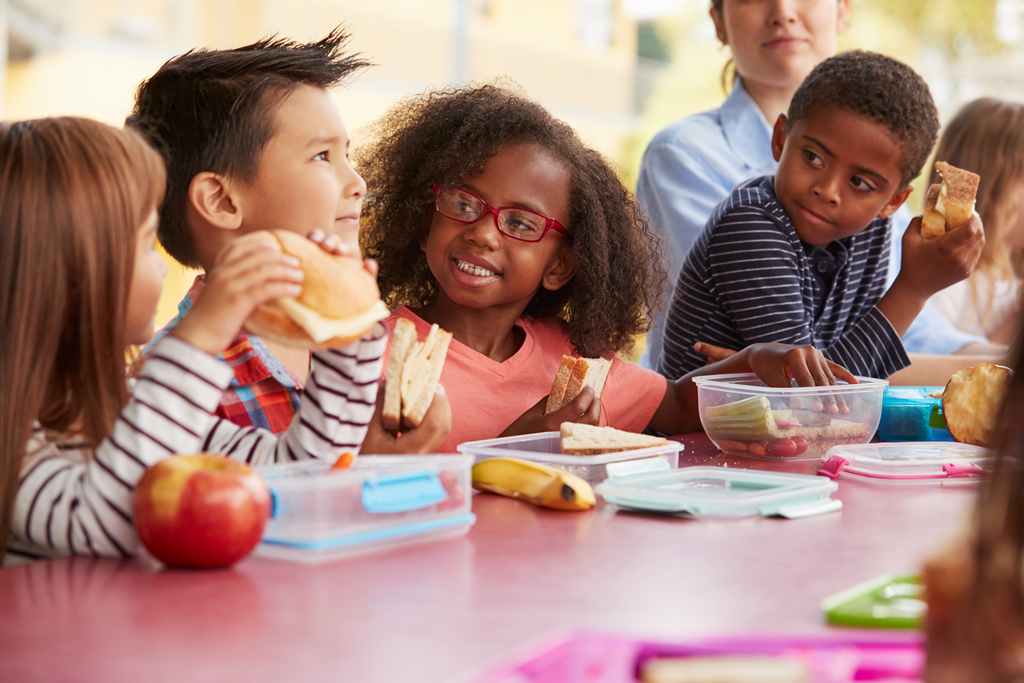


Bacteria, The Danger Zone, and The 2 Hour Rule
Why is it important to keep food cold? Bacteria multiply rapidly in the temperature danger zone range of temperatures between 40°F and 140°F, doubling in number in as little as 20 minutes. This range of temperatures is often called the “Danger Zone.” Never leave food out in this temperature zone for over 2 hours.
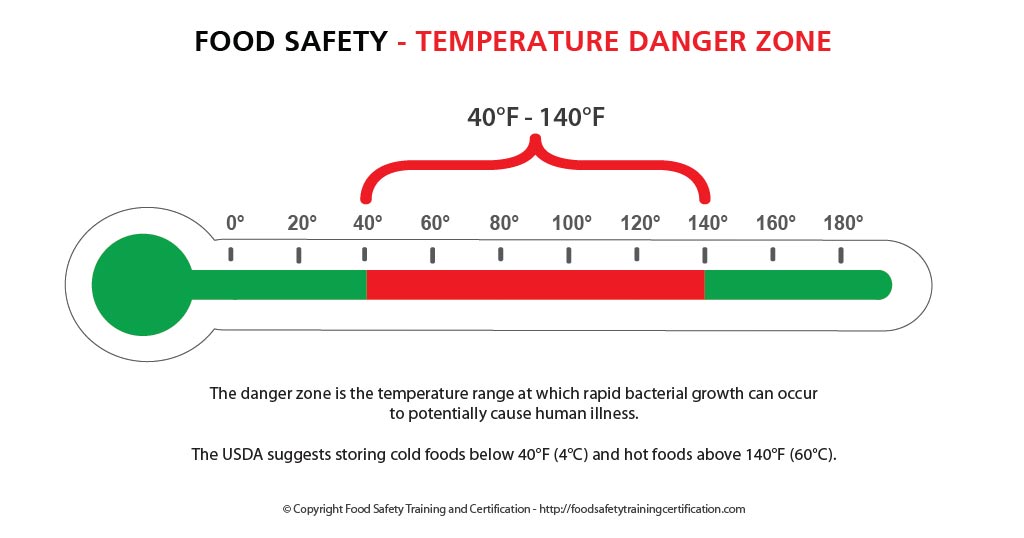


Perishable lunch foods, such as cold cut sandwiches and yogurt, can be left out at room temperature for only 2 hours before they may become unsafe to eat.
The maximum time for leaving prepared foods at room temperature is 2 hours—including time for preparation, serving and eating. Discard any perishable foods left at room temperature longer than 2 hours. If the temperatures are over 90°F, discard foods after 1 hour.
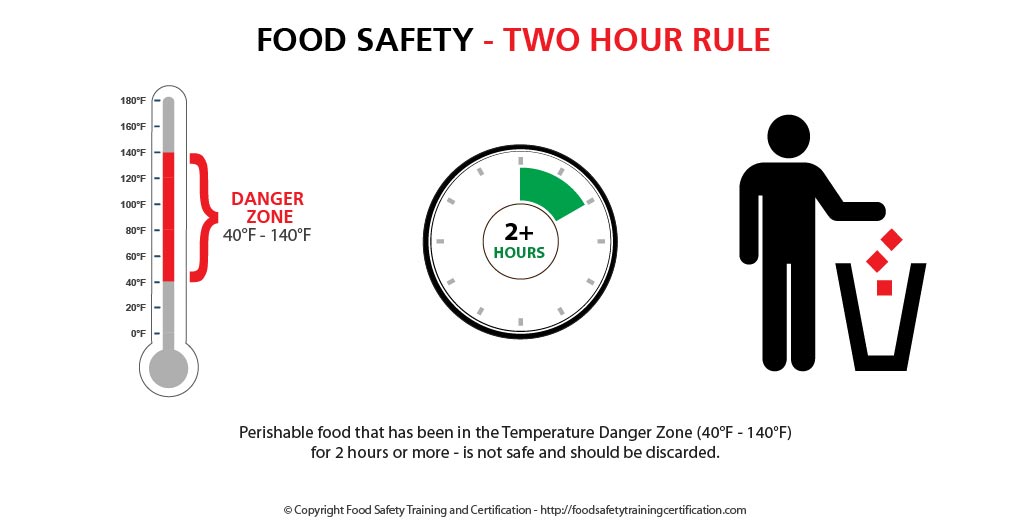


USDA Video: Packing Lunches
Insulated Lunch Boxes
Instead of a paper bag or lunch box, invest in an insulated lunch bag. Insulated lunch boxes help maintain food at a safe temperature until lunchtime. With an insulated lunch box and a chilled freezer gel pack, perishable food can stay cold and safe to eat until lunch.
Purchase reusable ice packs for keeping the contents of the bag chilled. You could also freeze a bottle of water to use as an ice pack — the water doubles as a drink. Use at least two ice packs or one ice pack and one frozen bottle. Doubling up is never a bad idea.
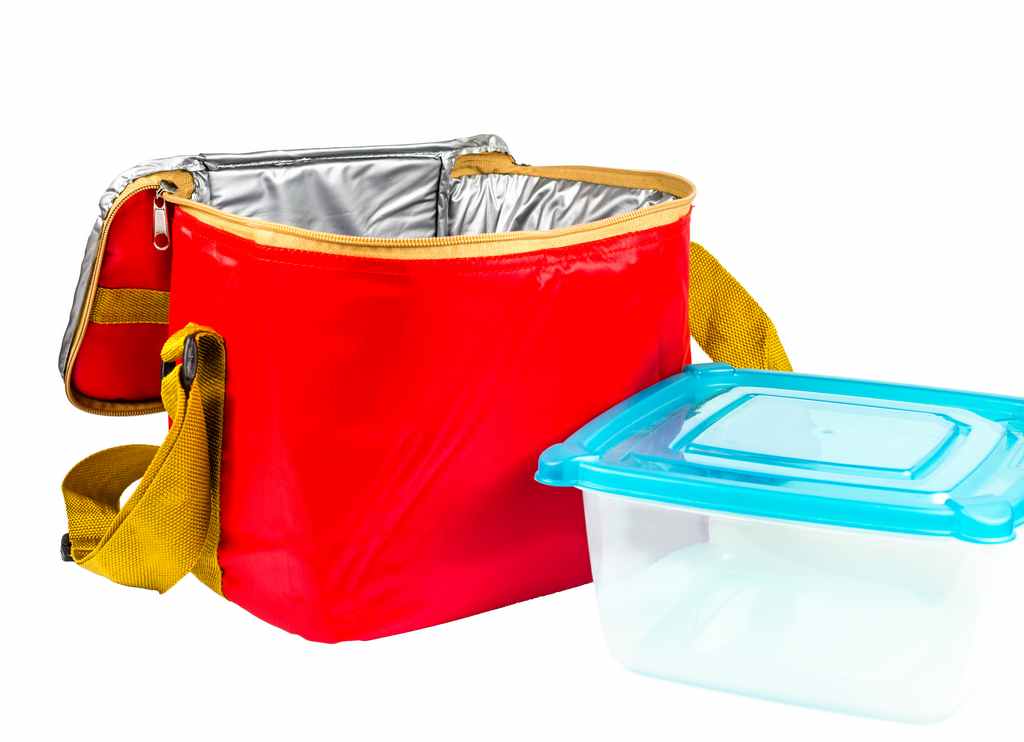


Basic Food Safety Steps
To make sure lunches and snacks are safe for those you pack for, follow the USDA’s four steps to food safety: Clean – Separate – Cook – and Chill.



Clean
Always make sure your hands are clean before preparing lunches. And, make sure your children understand that they need to wash their hands thoroughly before eating lunch or snacks.
“Washing hands thoroughly” means using soap and warm water, and rubbing hands for 20 seconds (the time it takes to sing “Happy Birthday” twice). If water is not available, provide moist towelettes or hand sanitizing gels in the lunch box.
Separate
Pathogens can be transferred from one surface or food to another. This is called cross-contamination. Fortunately there are steps you can take to prevent it. Be sure to keep raw meat, poultry, and seafood securely wrapped. This keeps their juices from contaminating prepared/cooked foods or foods that will be eaten raw, such as fruits and vegetables.
Lunch Storage Tips
Keep food cold. If possible, a child’s lunch should be stored in a refrigerator or cooler. Leave the lid of the lunchbox or bag open in the fridge so that cold air can better circulate and keep the food cold.
Prepare, Cook and Pack Lunch Properly
- Hot Foods: If packing a hot lunch, like soup, chili or stew, use an insulated container to keep it hot. Fill the container with boiling water, let stand for a few minutes, empty, and then put in the piping hot food. Tell children to keep the insulated container closed until lunchtime to keep the food hot – 140 °F or above.
- Perishable Foods: If the lunch/snack contains perishable food items like luncheon meats, eggs, cheese, or yogurt, make sure to pack it with at least two cold sources. Harmful bacteria multiply rapidly so perishable food transported without an ice source won’t stay safe long.
- Non-Perishable Food: Some food is safe without a cold source. Lunch items that don’t need to be refrigerated include whole fruits and vegetables, hard cheese, canned meat and fish, chips, breads, crackers, peanut butter, jelly, mustard, and pickles.
Cleaning and Disposal Tips
- Keep hands clean. Pack disposable wipes for washing hands before and after eating.
- Discard leftovers and disposable items. After lunch, discard all leftover food, used food packaging, and paper bags. Do not reuse packaging because it could contaminate other food and cause foodborne illness.



Summary
National School Lunch Week (NSLW) promotes the importance of a healthy school lunch in a child’s life and the impact it has inside and outside of the classroom.
If parents decide to pack a child’s lunch. they need to also be aware of food safety and to keep in mind that bacteria grow rapidly in the temperature danger zone of 40°F – 140°F.






